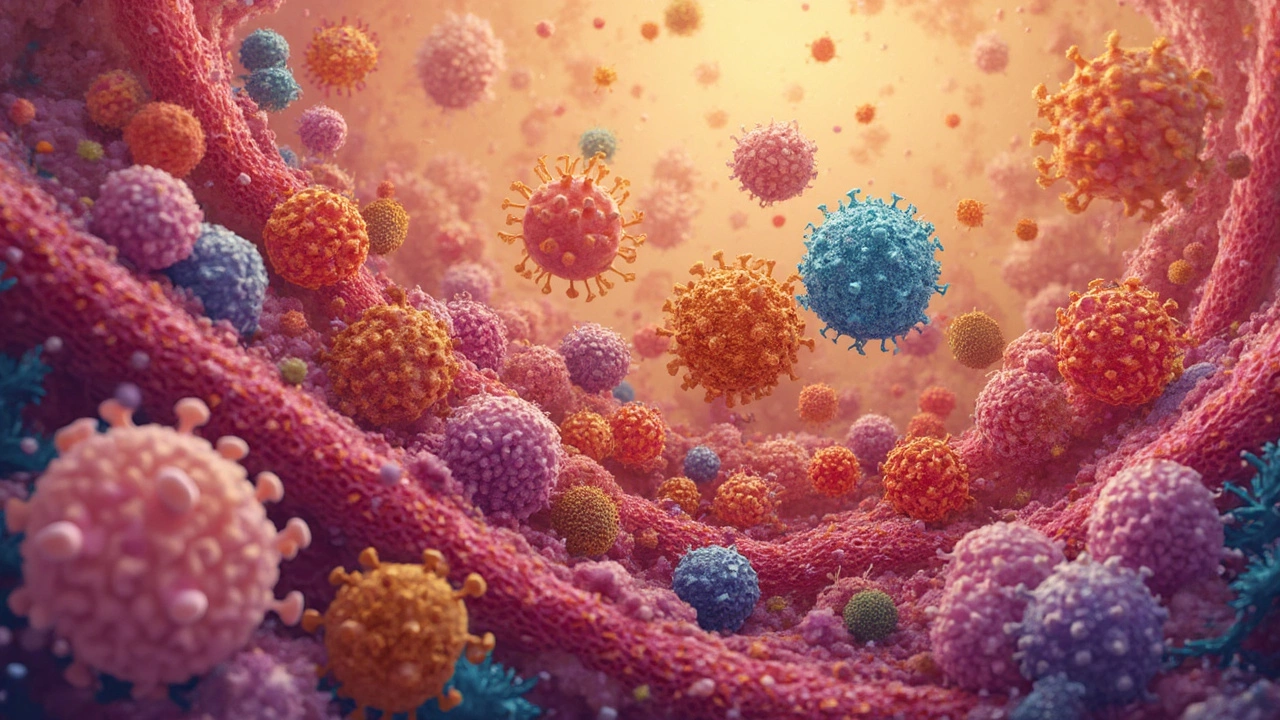Common Cancers: Signs, Risks, and How Physiotherapy Helps Recovery
When we talk about common cancers, the most frequently diagnosed types that affect large numbers of people, including breast, lung, prostate, colorectal, and skin cancers. Also known as top cancers by incidence, these conditions impact millions globally, and in India, rising lifestyle changes and delayed screenings are making early detection more critical than ever. Many people assume cancer treatment ends with surgery or chemo—but recovery is just beginning. That’s where physiotherapy, a science-backed approach to restoring movement, strength, and function after illness or injury steps in. It’s not just for athletes or back pain. For cancer survivors, it’s a lifeline.
After chemotherapy or radiation, fatigue, nerve damage, lymphedema, and muscle loss are common. A woman recovering from breast cancer might struggle to lift her arm. A man after prostate surgery could face incontinence and pelvic floor weakness. These aren’t just side effects—they’re physical barriers to living normally. cancer rehabilitation, a targeted form of physiotherapy designed to address the unique physical challenges of cancer treatment helps reverse these effects. Studies show patients who start physiotherapy early recover mobility faster, need fewer pain medications, and report better mental health. It’s not magic. It’s movement, breathing, gentle strength work, and education—all tailored to your body’s new reality.
What makes this even more important in India? Access to follow-up care is often limited. Many patients finish treatment and are told to go home and rest. But rest alone doesn’t rebuild strength. That’s why the collection below gives you real stories and practical advice—from how to manage swelling after lymph node removal, to safe exercises after lung surgery, to why sitting too long after colorectal cancer treatment can worsen pain. You’ll find tips on dealing with nerve pain from chemo, how to protect your joints during recovery, and what to ask your doctor before starting any new routine. These aren’t generic guides. They’re based on what actual patients in India have gone through, and what physiotherapists have learned from helping them move again.
Whether you’re a survivor, a caregiver, or someone worried about symptoms, this page isn’t about fear. It’s about control. You can’t always stop cancer, but you can shape how your body recovers. The posts ahead give you the tools to do just that—without jargon, without fluff, just clear, actionable steps.
-
24
Understanding that most cancers (90% of them) are carcinomas can dramatically affect treatment strategies and prognosis. Carcinomas primarily stem from epithelial cells, which cover organs and skin, making them quite prevalent. This article delves into why these cancer types are so common, explores the subcategories of carcinomas, and discusses how this impacts treatment approaches. We share insights on prevention and the critical role of early detection, offering practical tips for a proactive approach to health.
